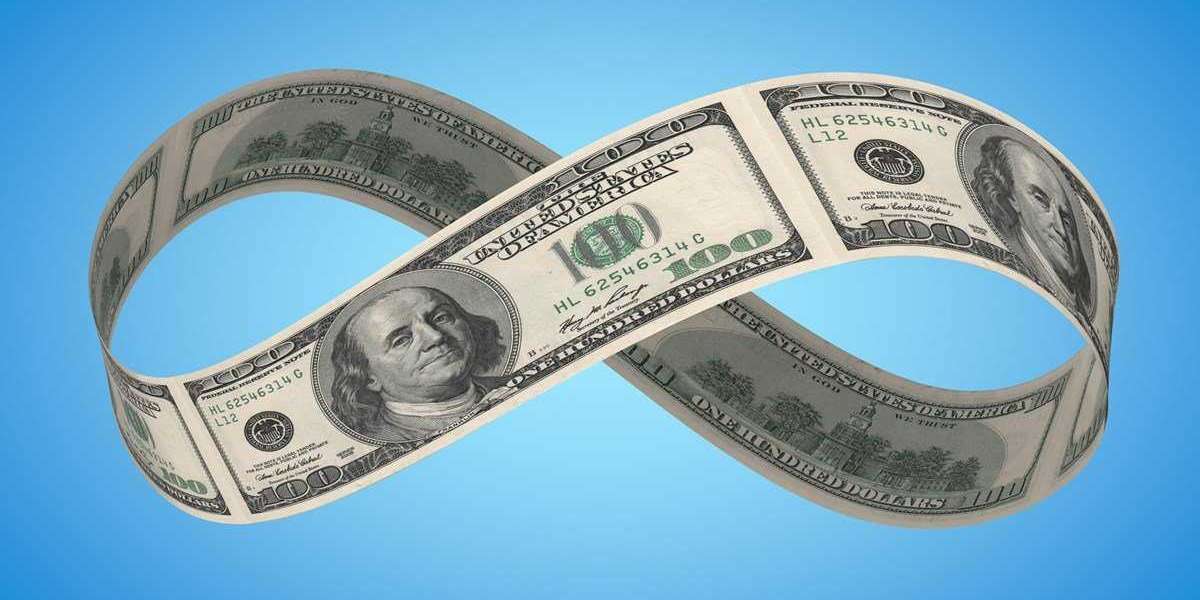Dividends are the extra profit earned by the company. It is offered to the investors and in the case of insurance policies, it is provided to policy holders. When it comes to life insurance, one of the key selling points is the potential for policyholders to receive dividends. But what exactly are life insurance dividends, and how do they work?
In short, life insurance dividends are a portion of the company's profits that are paid back to policyholders. They are not guaranteed but are often provided to the policyholders. These dividends can be used for anything such as paying back premiums or investing in a different insurance policy.
How do life insurance dividends work?
Dividend-paying whole life is similar to standard whole life insurance in that you buy coverage for lifelong security plus a cash value feature that grows in value over time. The policy provides your family with a death benefit if you die.
The primary distinction is that you earn some extra money if your insurer has a strong accounting year—due to their investing and incoming or continuing business. When you're looking for insurance, your agent will provide you with a policy summary that shows how much dividends you may expect to receive each year.
Are they taxable?
Dividends from a life insurance policy are not taxable, regardless of whether the payout is in cash or applied to your policy. A cash payout is treated by the Internal Revenue Service as a refund of excess premiums paid because dividends are only paid when your provider is financially sound. In the case where dividends you receive exceed the premiums you paid, you will have to report the difference as income.
Conclusion
If you require whole life insurance and can afford the hefty premiums, a dividend-paying whole life insurance policy will help you get the most out of your policy. However, it is better to properly understand the concept first. Therefore, you must visit life-benefits.com to learn more about dividend options.








